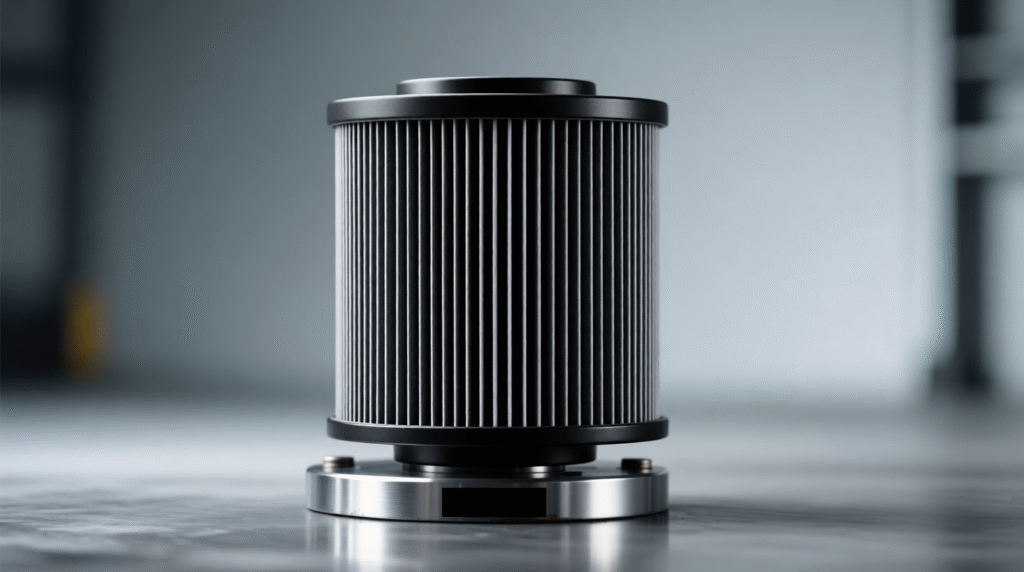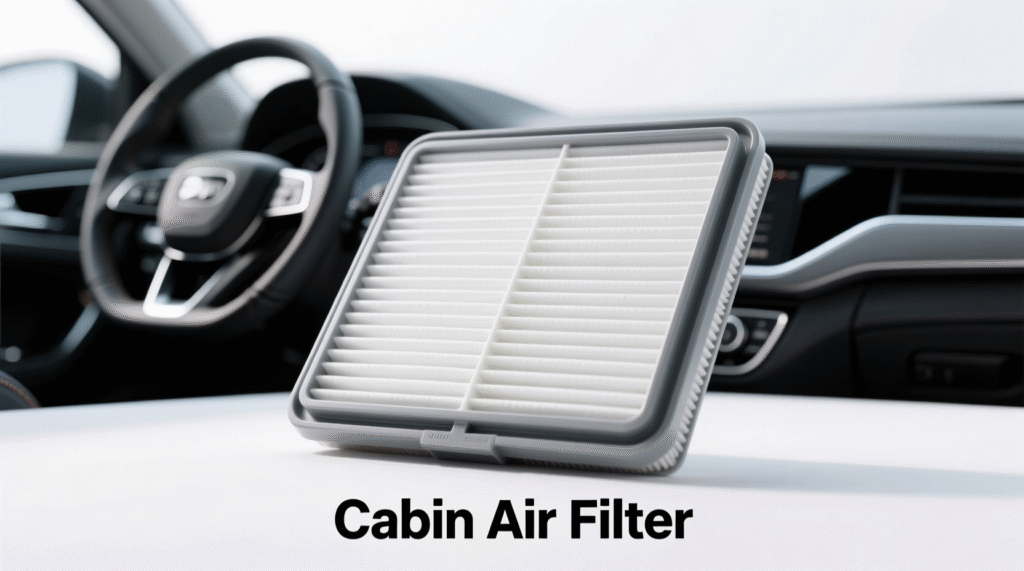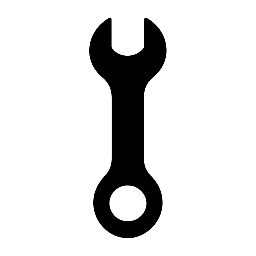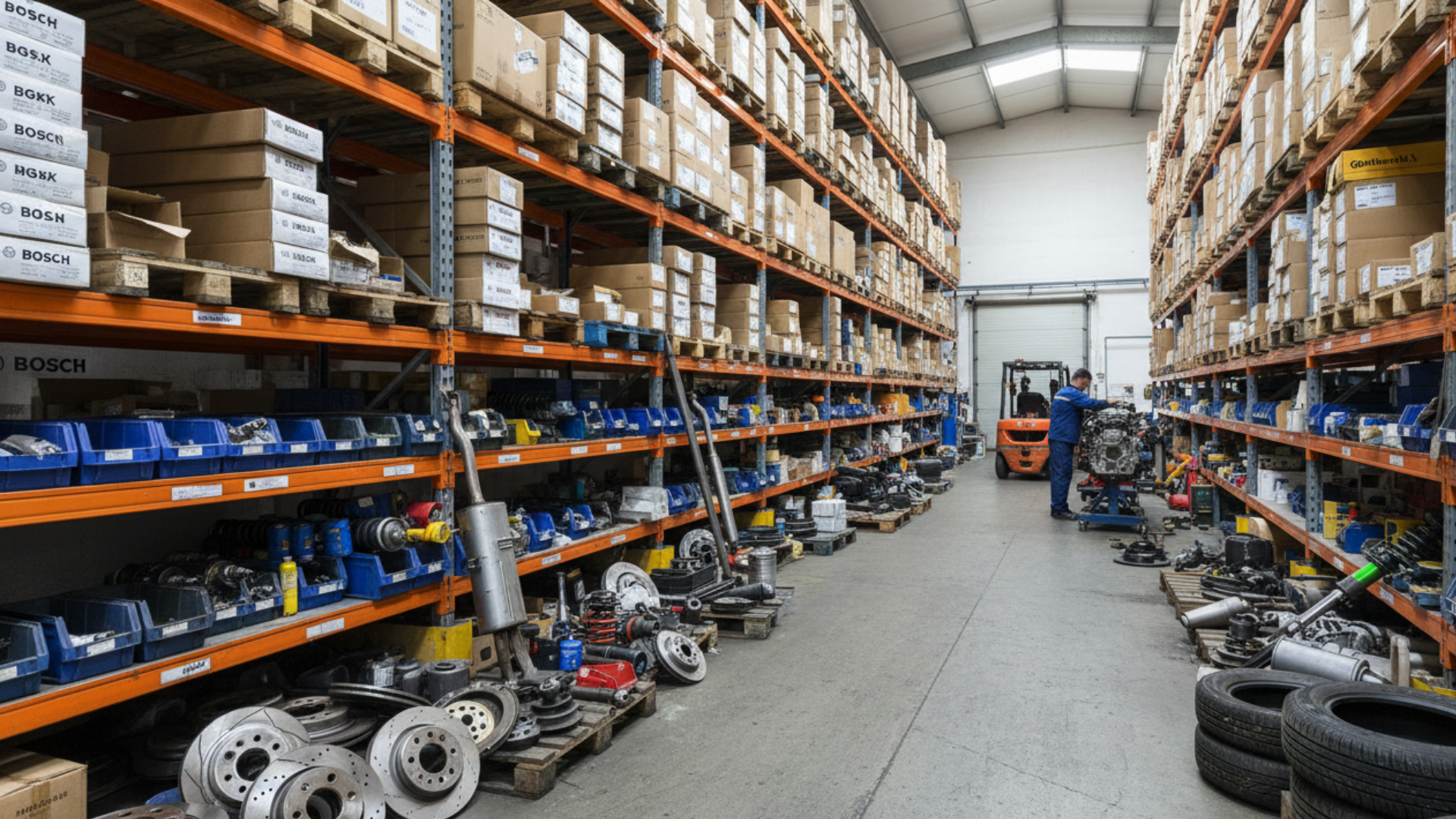My Expensive Education in Car Parts
Look, I’ve learned this the hard way after 15 years of maintaining my own vehicles – buying car parts isn’t as straightforward as it should be. I’ve made pretty much every mistake you can make, from ordering the wrong part three times in a row to installing cheap knock-offs that failed spectacularly. Let me save you some of the pain and money I’ve wasted over the years.
The worst was probably when I tried to save $200 on a water pump for my old Honda. Bought some no-name brand off a sketchy website. It lasted exactly three weeks before it started leaking coolant all over my driveway. Had to pay for the part again PLUS another $300 in labor because I wasn’t about to crawl under there twice. Sometimes being cheap is the most expensive option.
Getting the Right Part (Seriously, Double-Check Everything)
First thing? Make absolutely sure you’re getting the right part. I once bought brake pads for a 2015 when I had a 2016. Guess what? Different part numbers, different thickness, completely incompatible. Wasted $80 and a Saturday morning. Now I always double-check the VIN or at least confirm the exact model year with the parts shop.
Here’s what most people don’t realize – even within the same model year, there can be different versions. Your car might have the “sport package” or a different engine option, and that changes what parts fit. I learned this with spark plugs. Turns out my car came with two different engine options that year, and they took completely different plugs. The parts guy at didn’t catch it, I didn’t catch it, and I ended up with plugs that technically fit but were totally wrong for my engine.
Your VIN is your best friend here. It’s that 17-digit code on your registration, and usually stamped somewhere on your dashboard. Most decent parts websites let you enter it, and then they’ll show you exactly what fits. Don’t skip this step. I don’t care how sure you are – check it anyway.
The Great OEM vs Aftermarket Debate

Here’s the deal with OEM vs aftermarket parts – OEM parts is what came with your car originally. It’ll fit perfectly, no questions asked. But man, they’re expensive. Sometimes stupidly expensive. I’ve seen OEM parts that cost three times what the aftermarket equivalent costs, and honestly? Sometimes there’s literally no difference because the same factory makes both.
Aftermarket parts can be just as good for literally half the price, but you’ve gotta do your homework. Some aftermarket brands are fantastic (think Bosch, Denso, NGK, Gates, Moog), while others are hot garbage that’ll fail in six months. The problem is figuring out which is which.
I generally go OEM for critical stuff – timing belts, fuel pumps, anything related to safety or the engine’s core operation. When my timing belt was due, I didn’t even consider aftermarket. That thing breaks, and you’re looking at thousands in engine damage. Not worth the risk to save $100.
For things like air filters, wiper blades, cabin filters, or headlight bulbs? Aftermarket all the way. Why pay $40 for an OEM air filter when a $12 Fram or Mann filter does the exact same job? It’s literally just folded paper and rubber. Same with wiper blades – I’ve used Rain-X wipers for years, they’re half the price of OEM, and they work great.
The middle ground is where it gets tricky. Brake pads, rotors, suspension components, alternators – this is where you really need to research. Sometimes the aftermarket option is actually better than OEM. I put Hawk brake pads on my car, and they stop way better than the original pads ever did. Cost less too.
Where Quality Actually Matters
Let me break down my personal rules for when to spend money versus when to save it:
Always buy quality for: Timing belts and chains, water pumps, fuel pumps, oxygen sensors, brake components (pads, rotors, calipers), suspension parts (struts, control arms), steering components, anything in the transmission, and engine mounts. These things either keep you safe, prevent catastrophic engine damage, or are a huge pain to replace twice.
You can go cheaper on: Air filters, cabin filters, oil filters (to an extent – still get a decent brand), wiper blades, light bulbs, interior trim pieces, cosmetic stuff, and basic hardware like clips and bolts.
I learned about oil filters the interesting way. Used to buy the cheapest ones at Walmart. Then a mechanic friend cut open a cheap filter and an expensive one to show me the difference. The cheap one had probably half the filter media and way thinner construction. Now I use either OEM filters or Wix/Purolator. They’re maybe $5 more, but your engine’s worth it.
Research Like Your Wallet Depends On It (Because It Does)

Check reviews, but be smart about it. One bad review among hundreds? Probably a fluke or user error. Pattern of failures? Run away fast. I use multiple sources – Amazon reviews, dedicated parts sites, and especially forums for my specific car model.
The forums are gold. People there have tried everything, and they’ll tell you straight up what works and what doesn’t. They know which aftermarket brands are actually OEM parts in different boxes (this is super common), and which ones are trash. When I needed to replace my alternator, the forum guys saved me from buying a rebuilt one that apparently fails constantly. Pointed me to a specific aftermarket brand that’s been bulletproof for everyone.
YouTube is another great resource. Search for your specific part and car model, and usually someone’s done a video comparing options or showing install. You can see the actual quality of parts, and sometimes reviewers will tear things apart to show what’s inside.
Pay attention to warranty lengths too. If a part has a lifetime warranty, that tells you something about the manufacturer’s confidence. Though honestly, I’ve rarely needed to use warranties. The good parts just keep working, and the bad ones usually fail right after the warranty expires (funny how that works).
The Real Cost of Cheap Parts
I want to circle back to this because it’s important. I used to be that guy who always bought the cheapest option. Figured a part is a part, right? Wrong. So wrong.
Bought budget brake pads once to save $30. They squealed like a dying cat every single time I touched the brakes. Neighbors gave me dirty looks. Plus they wore out in less than a year, so I ended up paying more in the long run. Now I buy mid-tier pads (not the cheapest, not the most expensive) and they last 3-4 years with no noise.
Cheap suspension parts are even worse. Tried saving money on struts once – big mistake. They rode rough, made clunking noises, and one of them actually started leaking after six months. Ended up paying for installation twice because I’m not doing that job myself. Labor cost more than the parts. If I’d just bought decent struts the first time, I’d have saved myself probably $400 and a lot of frustration.
Battery is another one. Bought the cheapest battery at Walmart once. It died in less than two years. Now I buy from Interstate or Optima – yeah, they cost more upfront, but they last 5-6 years. Do the math, and the expensive battery is actually cheaper per year.
Where to Actually Buy Parts

This matters more than people think. I’ve bought from pretty much everywhere over the years, and each place has pros and cons.
Local auto parts stores: More expensive, but you can walk in and get the part today. Their return policy is usually great – if it’s wrong or doesn’t work, just bring it back. I use these for emergency stuff or when I’m not 100% sure I’m ordering the right thing. The staff knowledge varies wildly though. I’ve met some guys who really know their stuff, and others who couldn’t find a spark plug in a spark plug factory.
Amazon: Sometimes the prices are good, sometimes they’re weirdly expensive. The big advantage is Prime shipping – if I need something in two days, Amazon’s usually got it. But you have to be really careful about quality. There’s a ton of affordable stuff on there, especially for electrical parts and filters. Check the reviews carefully, and make sure it’s sold by a reputable seller.
eBay: I only use this for hard-to-find stuff or OEM parts that are discontinued. You can find some gems, but you can also get burned. Check seller ratings religiously. I got a used part off eBay once that the seller swore was working – it was dead on arrival. Luckily eBay sided with me, but it was a hassle.
Dealer parts department: Most expensive option, but sometimes it’s worth it. For really critical stuff or when I want to be absolutely certain I’m getting the right part, I’ll go here. Plus, if something goes wrong, they can’t blame it on aftermarket parts. The parts guys at dealerships usually know their stuff too.
Understanding Part Numbers and Cross-References

This is going to sound boring, but stick with me because this knowledge will save you money.
Every part has an OEM part number – that’s the manufacturer’s original number for it. But that same part might be made by a dozen different aftermarket companies, and they all have their own part numbers. The trick is figuring out which aftermarket part is the equivalent.
Most good parts sites have cross-reference tools. You put in the OEM number, and it shows you all the aftermarket equivalents. This is how you find out that the $150 OEM fuel filter is literally the same thing as the $45 Mann filter.
Sometimes you’ll see parts listed as “OE” (Original Equipment) versus OEM. OE means it’s made to the same specs as the original part, might even be from the same factory, but it’s not sold through the car manufacturer. These are often great deals – same quality, lower price because you’re not paying for the brand name.
I keep a spreadsheet of part numbers for my cars. Sounds nerdy, but when I need something, I know exactly what to order. Plus, I’ve noted which aftermarket brands worked well, so I don’t have to research from scratch every time.
The Installation Factor
Here’s something people forget – the cost of the part is only part of the total cost. If you’re paying someone to install it, labor can be more expensive than the part itself.
For jobs that are labor-intensive (like suspension work, timing belts, or water pumps), it makes even more sense to buy quality parts. You don’t want to pay $600 in labor to install a $50 part that fails a year later. Spend $100 on a good part, and you won’t have to pay that labor cost again for a long time.
On the flip side, for stuff that’s super easy to replace (air filters, wiper blades, light bulbs), you might as well do it yourself and save the markup. These are the jobs where cheaper parts make more sense because if they fail, it’s no big deal to swap them again.
I do a lot of my own work, but I know my limits. I’ll change oil, filters, brakes, spark plugs, batteries – stuff like that. But I’m not touching the transmission or anything that requires major disassembly. Know your skill level and be honest with yourself. That YouTube video makes it look easy, but they cut out all the parts where they’re struggling with seized bolts and weird angles.
Red Flags to Watch For
Over the years, I’ve learned to spot warning signs that a part is going to be trouble:
Price is way too good: If everyone’s selling a part for $100-150, and you find it for $30, something’s wrong. It’s probably counterfeit, used, or so low quality it’s not worth having.
No brand name or manufacturer info: Legit parts have brand names and usually part numbers printed on them. If the listing just says “Brake Pads for Honda Civic” with no other info, skip it.
Ships from China with a 3-week delivery time: Not all Chinese parts are bad, but if it’s coming directly from overseas with a long shipping time, it’s probably bottom-tier quality. The good Chinese factories sell to established brands; you’re getting the stuff they couldn’t sell elsewhere.
Reviews mention “not as pictured”: This usually means they’re showing a nice OEM part in the photo but sending you garbage. Read the reviews carefully.
No warranty or a suspiciously short one: Quality manufacturers stand behind their products. If there’s no warranty or it’s only 30 days, they’re expecting it to fail.
My Current Strategy
After all these years and mistakes, here’s what I do now:
For routine maintenance stuff, I order from RockAuto during their sales and stock up. I keep an extra set of common wear items in my garage – oil filters, air filters, wiper blades. This way I can do maintenance on my schedule and save money buying in bulk.
For unexpected repairs, I research on forums first, find out what brands people recommend, then price shop between RockAuto, Amazon, and local stores. If I need it today, I’ll pay the premium at AutoZone. If I can wait, I’ll order the better deal online.
I keep a maintenance log and note which parts I used and how long they lasted. This helps me figure out what brands are worth buying again and which ones to avoid.
And I always, always check fitment twice before ordering. Measure twice, order once. It’s saved me so many returns and headaches.
Final Thoughts
The bottom line? Know what you’re replacing, research the brands, match your budget to how critical the part is, and buy from somewhere legit with a good return policy. Your car will thank you, and your wallet will too in the long run.
Don’t be afraid to spend a little more on quality for important parts. But also don’t fall for the trap of thinking you always need OEM. There’s a sweet spot in the middle where you get great quality without overpaying.
And when in doubt, ask someone who knows. Find a mechanic you trust, or get on a forum for your car. The enthusiast community for pretty much every car is full of people who’ve already figured this stuff out and are happy to help.
Trust me, learning from other people’s mistakes is way cheaper than making all the mistakes yourself. Though I’ve certainly made my share anyway.


Leave a Reply